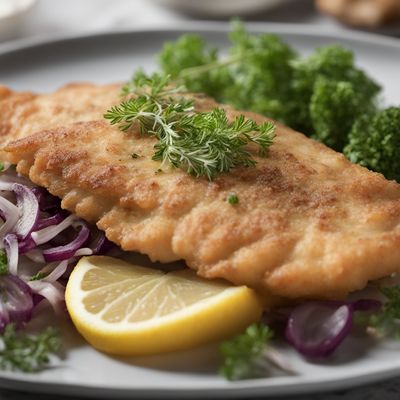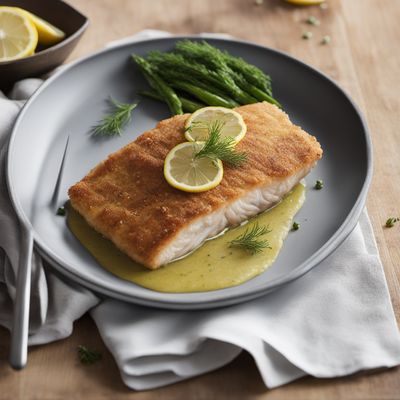
Ingredient
Plaice, european
The Delicate European Plaice
European plaice is a flatfish with a distinctive diamond-shaped body and a light brown skin covered in small, rough scales. Its flesh is white, tender, and flaky, with a mild and slightly sweet flavor. The texture of the fish is delicate and moist, making it a popular choice for various cooking methods.
Origins and history
European plaice is native to the coastal waters of the northeastern Atlantic Ocean, from Norway to the Mediterranean Sea. It has a long history of being a prized food fish in Europe, particularly in countries such as the United Kingdom, the Netherlands, and Germany. European plaice is often associated with traditional fish and chips in the United Kingdom. Overfishing and habitat degradation have led to a decline in the population of European plaice in recent years, making it a more limited and sought-after ingredient.
Nutritional information
European plaice is a good source of protein, vitamins B6 and B12, and minerals such as selenium and phosphorus. It is also low in fat and calories, making it a healthy choice for seafood lovers.
Allergens
Some individuals may be allergic to fish, including European plaice. It is important to be cautious if you have a known fish allergy and consult with a healthcare professional if you experience any adverse reactions.
How to select
When selecting European plaice, look for fish that has clear, bright eyes, shiny skin, and a fresh, mild aroma. The flesh should be firm and spring back when pressed. Avoid fish with dull eyes, discolored skin, or a strong fishy odor.
Storage recommendations
To maintain its freshness, European plaice should be stored in the refrigerator at a temperature of 32°F to 38°F (0°C to 3°C). It is best to consume European plaice within 1 to 2 days of purchase. To extend its shelf life, you can wrap the fish tightly in plastic wrap or place it in an airtight container before refrigerating.
How to produce
European plaice is primarily caught in the wild, and efforts are being made to promote sustainable fishing practices to protect its population. It is not commonly farmed on a large scale.
Preparation tips
European plaice can be prepared in various ways, including pan-frying, grilling, baking, or steaming. Its delicate flavor pairs well with light seasonings and herbs. When cooking European plaice, it is important to avoid overcooking, as it can result in a dry and less flavorful dish. European plaice is commonly used in dishes such as fish and chips, seafood stews, or served simply with a squeeze of lemon.
Culinary uses
European plaice is commonly used in European cuisines, particularly in the United Kingdom, the Netherlands, and Germany. It is a popular choice for traditional fish and chips, where the fish is coated in batter and deep-fried until crispy. European plaice is also used in seafood stews, grilled dishes, and served as a fillet with a simple lemon butter sauce.
Availability
European plaice is commonly available in coastal regions of Europe, particularly in countries such as the United Kingdom, the Netherlands, and Germany.



